In recent years, health-conscious consumers have been seeking alternatives to traditional flavor enhancers like monosodium glutamate (MSG). One standout option gaining popularity is shiitake mushroom powder, a natural umami-rich substitute that not only reduces sodium intake but also elevates the depth of flavors in cooking. This shift reflects a broader culinary movement toward whole-food ingredients that deliver both nutrition and taste.
The appeal of shiitake mushroom powder lies in its dual role as a salt reducer and flavor amplifier. Unlike MSG, which provides a one-dimensional savory punch, dried shiitake mushrooms contain naturally occurring glutamates and nucleotides that create a synergistic umami effect. When ground into powder, these mushrooms impart a earthy, meaty complexity to dishes—from stir-fries to soups—without the metallic aftertaste some associate with processed seasonings.
Making shiitake mushroom powder at home requires surprisingly little effort. Start with premium-quality dried shiitakes, as their flavor concentrates during the dehydration process. Avoid mushrooms treated with preservatives or sulfur dioxide. After gently wiping off any surface debris, break the caps into small pieces (discarding tough stems) and roast them at a low temperature until crisp. This crucial step deepens their savory character through caramelization.
Once cooled, pulse the roasted mushroom pieces in a clean coffee grinder or high-speed blender until achieving a fine, flour-like consistency. For those preferring an even silkier texture, sift the powder through a fine-mesh strainer. The result should be an aromatic golden-brown powder with an intense savory fragrance that puts store-bought bouillon cubes to shame.
Storage is key to maintaining the powder's potency. Transfer it to an airtight glass container, preferably with a moisture-absorbing packet, and store in a cool, dark place. Properly kept, homemade shiitake powder retains its full flavor profile for up to six months—though most cooks find themselves reaching for it so often that it never lasts that long.
What makes this ingredient truly remarkable is its versatility across cuisines. A pinch can transform vegetarian broths into rich consommés, give salad dressings a umami backbone, or even boost the savoriness of meat rubs. Unlike salt or MSG that merely heighten existing flavors, shiitake powder contributes its own distinct personality to dishes. Professional chefs have been observed using it to balance acidity in tomato-based sauces or to add complexity to plant-based "meat" alternatives.
The health benefits extend beyond sodium reduction. Shiitake mushrooms contain eritadenine, a compound shown to support healthy cholesterol levels, along with immune-boosting polysaccharides like lentinan. Their natural glutamates may also aid digestion by stimulating saliva and gastric juice production—a far cry from the digestive discomfort some experience with artificial additives.
For those transitioning away from MSG, the substitution ratio isn't one-to-one. Begin by replacing half the amount of called-for MSG with shiitake powder, then adjust to taste. The mushroom's flavor builds gradually rather than delivering an immediate hit, requiring slight adjustments to cooking techniques. Adding it early in the sautéing process helps release fat-soluble flavor compounds, while sprinkling it toward the end preserves its more delicate aromatic notes.
Purists might argue that nothing can truly replicate MSG's potent effect on taste buds. But that's precisely the point—shiitake powder isn't meant to be a chemical mimic. It represents a return to slower, more intentional seasoning where flavors develop layers rather than relying on shortcuts. Home cooks report that dishes seasoned with the mushroom powder leave them feeling satisfied rather than thirsty—a common side effect of high-sodium additives.
As food culture continues evolving toward transparency and wholesomeness, DIY ingredients like shiitake mushroom powder exemplify how traditional wisdom and modern nutritional science can converge. This humble pantry staple does more than replace a controversial additive; it reconnects us with the fundamental truth that the best flavors come not from laboratories, but from the earth itself.
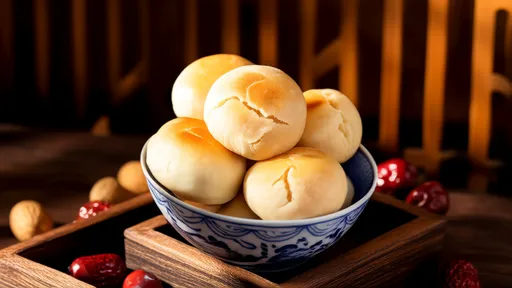
By /Jul 31, 2025
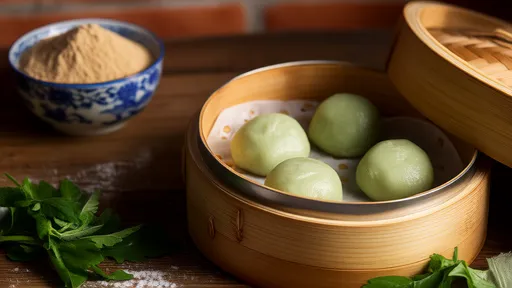
By /Jul 31, 2025
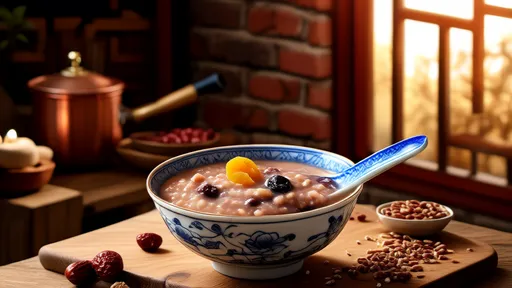
By /Jul 31, 2025
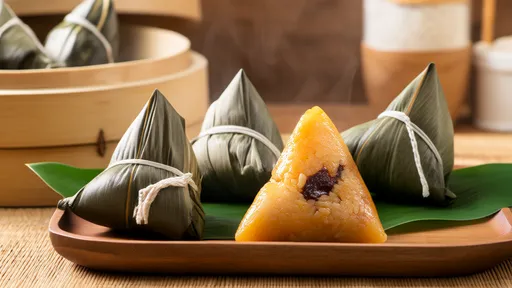
By /Jul 31, 2025

By /Jul 31, 2025

By /Jul 31, 2025

By /Jul 31, 2025
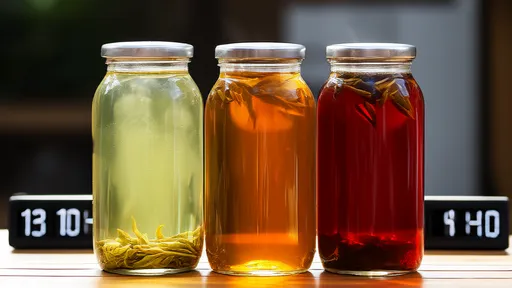
By /Jul 31, 2025

By /Jul 31, 2025
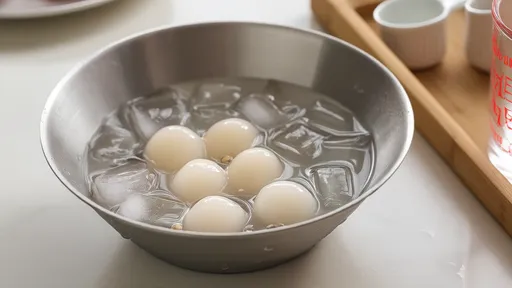
By /Jul 31, 2025
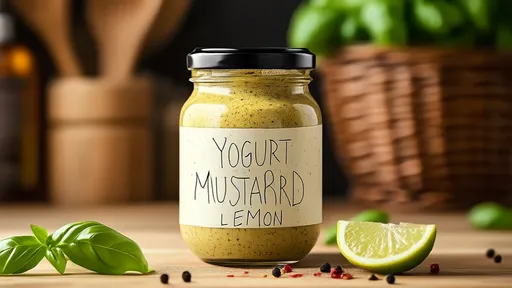
By /Jul 31, 2025
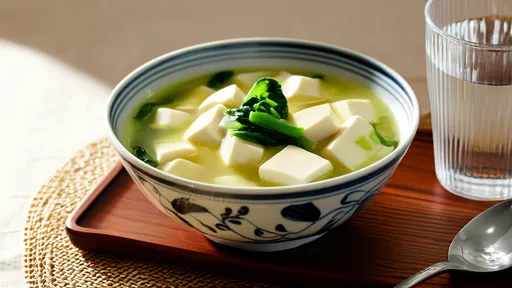
By /Jul 31, 2025
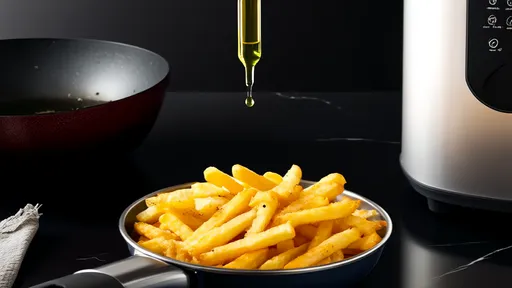
By /Jul 31, 2025
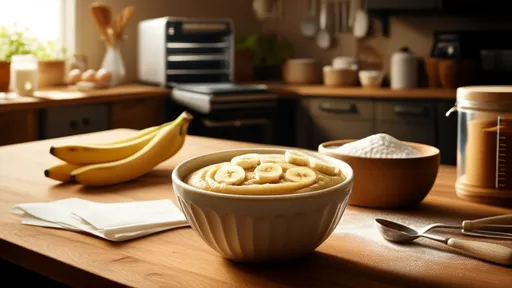
By /Jul 31, 2025
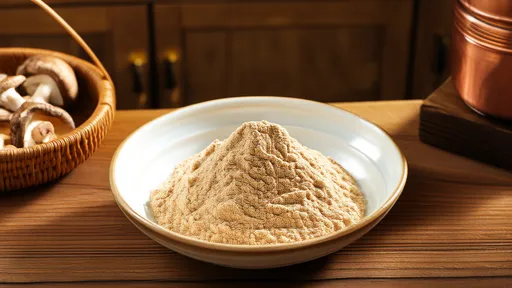
By /Jul 31, 2025
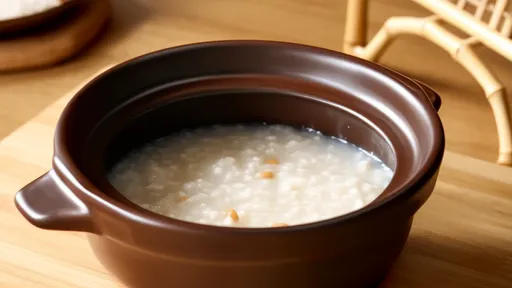
By /Jul 31, 2025

By /Jul 31, 2025
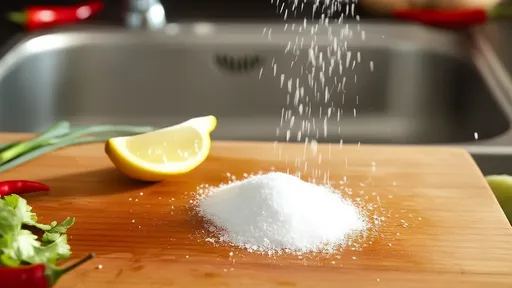
By /Jul 31, 2025

By /Jul 31, 2025
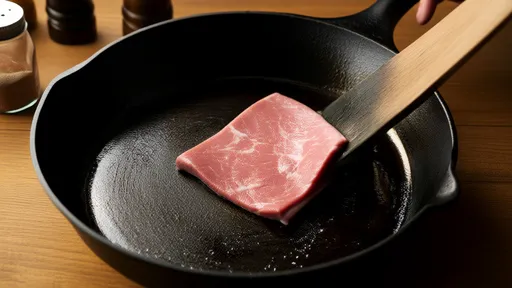
By /Jul 31, 2025